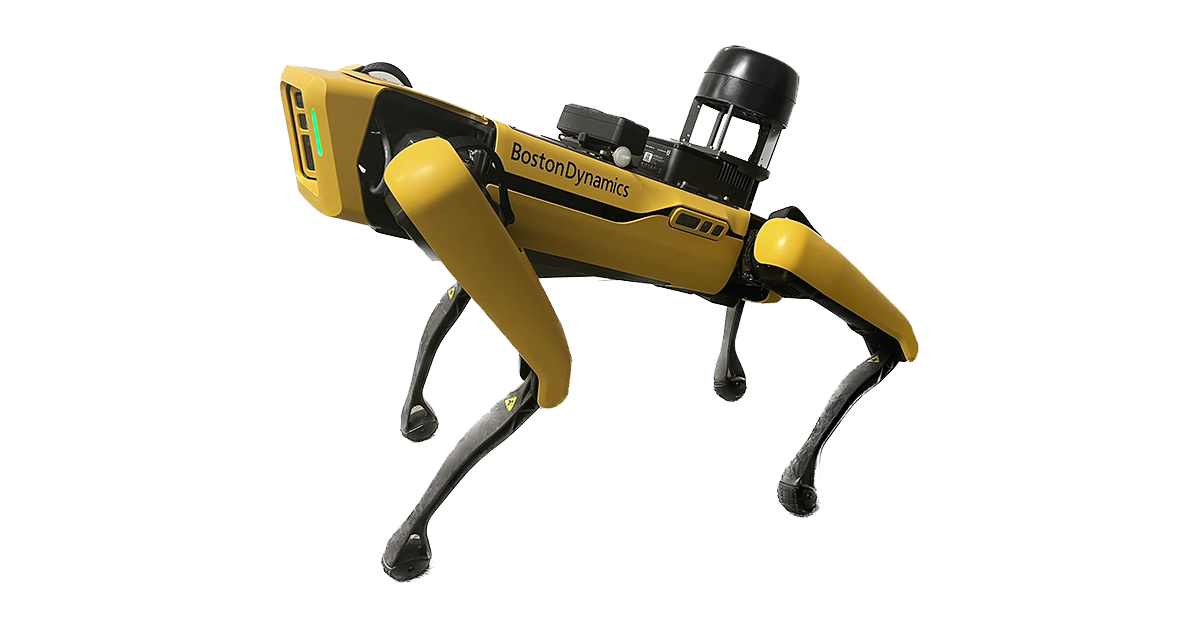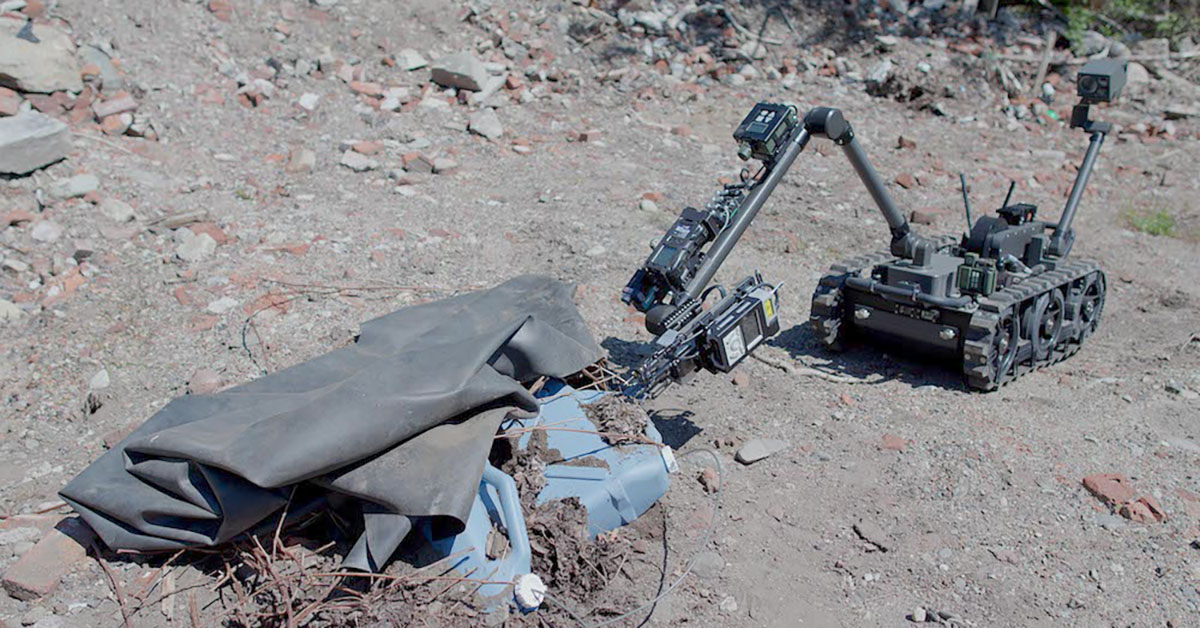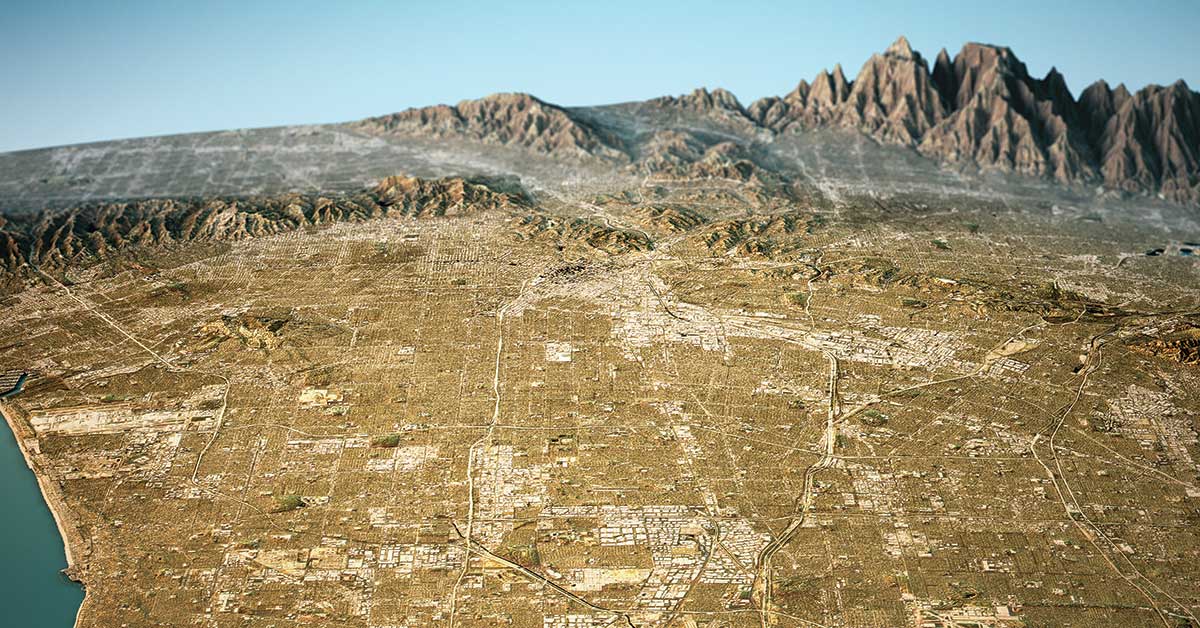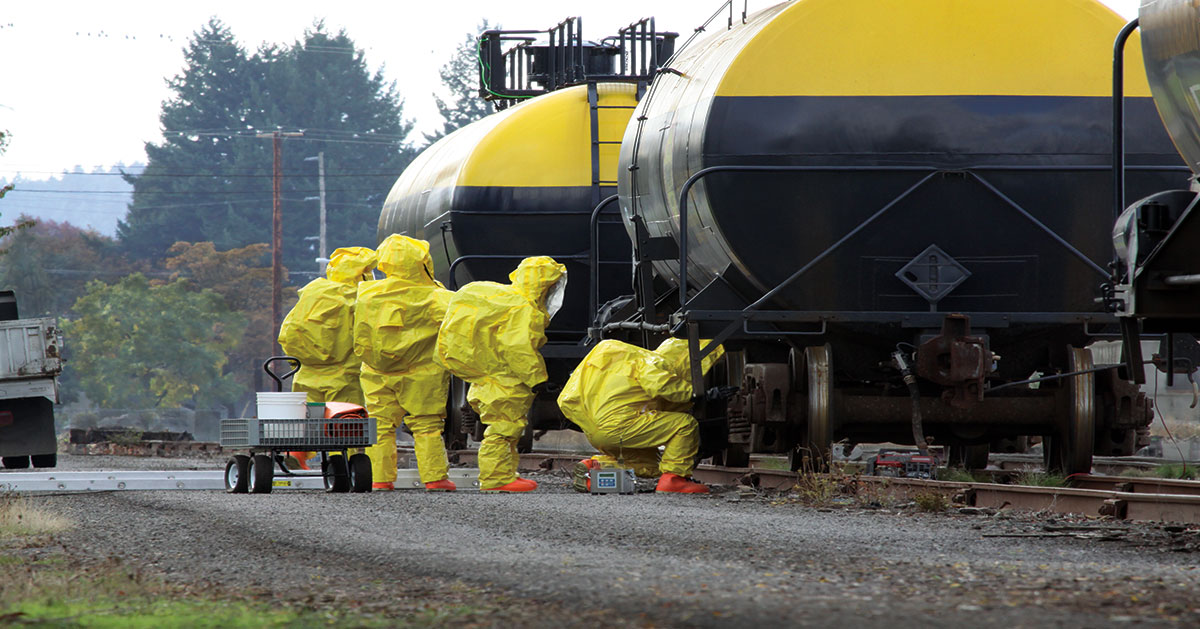MUVE C360 on Spot Detects Gas Leak

Boston Dynamics agile mobile robot Spot recently detected a plume of combustible gas emitted from a pinhole leak on an autonomous walk at a midstream gas plant. The ability to detect an anomaly that is so small yet carries risks of explosive damage is invaluable to facility safety.
The midstream plant deployed Boston Dynamics’ Spot for a series of autonomous applications, such as inspecting for anomalies and performing gauge readings. Mounted on Spot was the Teledyne FLIR MUVE™ C360, an air gas monitor with readouts to indicate up to 8 gas concentrations in parts per million or percentages. With the integrated Teledyne FLIR MUVE C360 API, users can set an LEL (lower explosive limit) threshold that triggers Spot to autonomously shut down, mitigating ignition risks in hazardous environments.
Spot was on a fully autonomous mission inside the midstream plant, making rounds on its standard course and collecting readings on compressor stations inside the facility. During the robot’s mission, the Teledyne FLIR MUVE C360 mounted on Spot detected a plume of combustible gas and Spot immediately shut down as part of its standard safety procedure. The safety team moved in to identify a pinhole leak on a nearby asset.
Plant operators were thrilled to see the efficiency and precision of the Teledyne FLIR MUVE C360 when paired with Spot and what this means for their facility’s safety.
“Spot and the Teledyne FLIR MUVE C360 integration is an autonomous solution that can save human lives,” says MFE Chief Technology Officer Jason Acerbi. “Our future integration efforts will likely include additional communications methods, such as a text message or email including a localization reference on where the robot has shut down.”
“This is a perfect example of using unmanned chemical sensing to reduce risks for oil and gas, as well as other industrial manufacturers,” said Craig Crume, product management director for Detection at Teledyne FLIR. “The MUVE C360 sensor on board Spot is making reliable and effective remote gas detection a reality.”
"Spot has been serving the Oil & Gas industry for years, and this is a great example of the many ways in which our unique and extensible platform is adding value to customers,” said Chris McCasky, Boston Dynamics Oil & Gas Commercial Lead. “By leveraging the latest and most advanced automated inspection technologies available, our customers can keep their facilities running safely and efficiently."
For this inspection, Spot was equipped with an array of sensors, including an Enhanced Autonomy Payload System (EAP), which is one of Spot’s core payloads with a LiDAR assembly to enhance the robot’s autonomous navigation capabilities, an LTE modem for constant communication, Spot CAM+IR and the Teledyne FLIR C360 MUVE sensor for gas detection and analysis.
Spot’s docking station provides mission start and end points, as well as a central charging point, allowing Spot to autonomously charge and move on to the next mission, be it thermography, gauge reading, or an entirely different mission of inspection waypoints. The docking station ensures the robot can re-charge when needed, allowing it to navigate throughout the entire 40-acre facility.
Three Detection Payloads for Unmanned Vehicles

Teledyne FLIR’s MUVE series of remote sensor payloads provides three offerings: the MUVE C360, the MUVE B330, and the MUVE R430. In June, the company introduced the MUVE B330 drone payload that can be used to detect deadly biological agents and other airborne biohazards. It joined the MUVE C360 multi-gas detector, used to provide real-time continuous monitoring of chemical hazards, which can be deployed on both Teledyne FLIR as well as commercial UAS systems and robots. Finally, the MUVE R430 is the latest payload for Radiation detection on unmanned platforms.
To set up a proof of concept and get a quote, contact MFE Inspection Solutions today at:
844-867-3686
Sales@mfe-is.com


